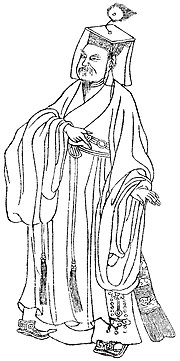 | founding piece of Tang Literature. It is classified as Pianwen (Chinese: 駢文; pinyin: Piánwén), which depends greatly on rhythm, somewhat like classical... 3 KB (288 words) - 03:39, 2 June 2022 |
Pianwen (traditional Chinese: 駢文; simplified Chinese: 骈文; pinyin: piánwén; lit. 'parallel writing') is a highly stylised prose style, prevalent throughout... 5 KB (779 words) - 19:44, 7 November 2023 |




